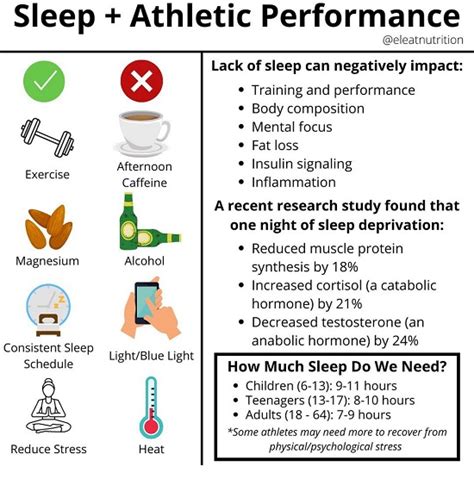How to break training plateaus & optimize recovery for sustained peak male performance?

For many men dedicated to fitness, the journey isn’t always a linear progression of gains. Sooner or later, most encounter the frustrating wall known as a training plateau. This is where progress stalls, lifts stagnate, and motivation can wane. However, breaking through these barriers and achieving sustained peak performance isn’t just about training harder; it’s profoundly about training smarter and optimizing recovery. This article will delve into actionable strategies to smash through plateaus and elevate your recovery game, ensuring your performance continues to soar.

Understanding the Plateau Phenomenon
A training plateau occurs when your body adapts to the demands you’ve been placing on it, and the old stimuli are no longer sufficient to provoke further progress. Your nervous system, muscles, and energy systems become efficient at the given workload, and without new challenges, growth stops. Recognising the signs – consistently hitting the same weights, failing to increase reps, or feeling perpetually fatigued – is the first step toward overcoming it.
Strategies for Breaking Training Plateaus
Overcoming a plateau requires a strategic shift, not just more effort. Here are proven methods to reignite your progress:
1. Implement Periodization and Progressive Overload
Periodization involves structuring your training into different phases (e.g., strength, hypertrophy, endurance) with varying intensities and volumes. Progressive overload, the fundamental principle of muscle growth, means continually increasing the demands placed on your body. This could be by increasing weight, reps, sets, decreasing rest times, or improving exercise form over time.
2. Vary Your Training Stimuli
Your body thrives on novelty. If you’ve been doing the same exercises with the same rep ranges, try introducing new movements, different rep schemes (e.g., higher reps for endurance, lower reps for strength), or even entirely new training modalities (e.g., plyometrics, Olympic lifting). Changing your grip, stance, or even the order of exercises can shock your system into new growth.

3. Master Your Technique
Often, a plateau isn’t about lack of strength but inefficient movement patterns. Dedicate time to perfecting your form for key lifts. A minor adjustment in posture or muscle engagement can unlock new power and prevent injury, allowing for heavier lifts and greater muscle activation.
4. Address Nutritional Gaps
Are you consistently meeting your caloric and macronutrient needs? Plateaus can often be a cry for more fuel, especially protein for muscle repair and carbohydrates for energy. Re-evaluate your diet and ensure it supports your training volume and intensity.
5. Integrate Deload Weeks
Sometimes, the best way to move forward is to take a step back. Deload weeks involve reducing your training volume and/or intensity significantly for a week. This allows your central nervous system and muscles to fully recover, repair, and supercompensate, often leading to renewed strength and energy when you return to full training.
The Crucial Role of Optimized Recovery
Training breaks down your body; recovery builds it back stronger. Without adequate and optimized recovery, you’re not just risking plateaus, but also overtraining, injury, and burnout. For sustained peak male performance, recovery isn’t passive; it’s an active, essential component of your regimen.

1. Prioritize Quality Sleep
Sleep is arguably the single most important recovery tool. During deep sleep, your body releases growth hormone, repairs muscle tissue, consolidates memories (including motor skills), and recharges your central nervous system. Aim for 7-9 hours of high-quality sleep nightly. Establish a consistent sleep schedule, create a cool, dark sleep environment, and limit screen time before bed.
2. Strategic Nutrition and Hydration
What you eat and drink directly impacts your recovery. Post-workout, consuming a combination of protein (for muscle repair) and carbohydrates (to replenish glycogen stores) is critical. Throughout the day, ensure you’re consuming enough calories, essential vitamins, and minerals. Hydration is also paramount; even mild dehydration can impair performance and recovery.

3. Active Recovery and Mobility
Don’t just sit around. Active recovery, such as light cardio, stretching, foam rolling, or yoga, can increase blood flow, reduce muscle soreness, and improve flexibility. Incorporating mobility work can enhance range of motion, prevent imbalances, and improve overall movement efficiency, contributing to better performance and injury prevention.
4. Stress Management
Chronic stress (physical or mental) can elevate cortisol levels, which can hinder recovery, promote muscle breakdown, and interfere with sleep. Implement stress-reduction techniques like meditation, deep breathing exercises, spending time in nature, or engaging in hobbies. A calm mind supports a healthy body.

5. Thoughtful Supplementation
While not a substitute for whole foods, certain supplements can aid recovery and performance. Creatine for strength and power, protein powder for convenient protein intake, BCAAs/EAAs for muscle protein synthesis, and omega-3 fatty acids for anti-inflammatory benefits are common choices. Always research and consult with a professional before adding supplements to your routine.
Integrating for Sustained Peak Performance
Breaking plateaus and optimizing recovery are two sides of the same coin, both essential for sustained peak male performance. It’s a continuous cycle of challenging your body, then providing it with the optimal environment to adapt and grow stronger. Listen to your body, be patient, and consistently apply these principles, and you’ll not only smash through current plateaus but also lay the foundation for a lifetime of progress and robust health.








